As someone who is generally pretty happy with simple things, my hour in this lounge felt wonderfully luxurious. I was traveling with a friend who had a Chase credit card that gave him free access to VIP lounges. By the end of this experience, and after drilling him with endless questions on his other perks, I had my mind set on signing up for this card.
Honestly, it’s not cheap but, weirdly enough, I’m excited to get it. To me, the perks far outway the annual cost. I love to travel, and this membership program was made for travelers. It makes sense for my lifestyle, and I will gladly pay a little more for it to join the family — colorful chairs and bottomless pastries, here I come!
Membership sites, if done correctly, can have an equal effect on people eager to pay more for better benefits. If you have quality content and an interesting angle, members will gladly pay for access to your site. I’m not saying it’s a guaranteed victory though — membership sites can be difficult to run successfully. What makes people willing to pay a cover charge at a club? And what makes people want to come back? You could have a band inside, or an event, or serve the stiffest drinks in town and, while on paper it seems like a steal, there’s still a risk you’ll be hosting an empty room.
What makes a membership site successful, and how do you know if a membership site is right for you? In order to really understand them, we’re going to cover the basics of membership sites, touch on the four primary site models, and see if any of them are appropriate for your business.
Membership sites 101
A membership site is a gated website protected by a username and password that allows people to join in order to gain access to exclusive “members only” content, features, benefits or community.
Membership sites vary in cost — some are free while some require payment for levels of access — and are extremely flexible in terms of setup. Primarily, they allow you — the owner — to share your digital content as you see fit, all in one place.
They’re scalable, completely automated, build community and customer experience, and ultimately help your members gain trust in your brand.
With all of the pros, there are also cons. Membership sites take a long time to set up. Some setups can be more complicated than others, and all of them will require ongoing maintenance. You’ll need to have or develop a multidimensional skill set and, in addition to putting aside time to build your site, you have to set aside time for content upkeep and customer service.
There’s one final thing to keep in mind when creating your membership site. You must choose the right model for your business. There are many different types of membership sites, and it can definitely get a little overwhelming. To save you some time, I’ve narrowed the models down to the four I think are the most effective: the immediate access model, drip feed, tiered membership and community forums.
Immediate access model
We all know Lynda.com (which is now called LinkedIn Learning). One of the most incredible educational resources around, the platform is effective for its simple setup and extensive benefits. Once new members have created an account, all they have to do is log in and they are instantly given access to all of the site’s content.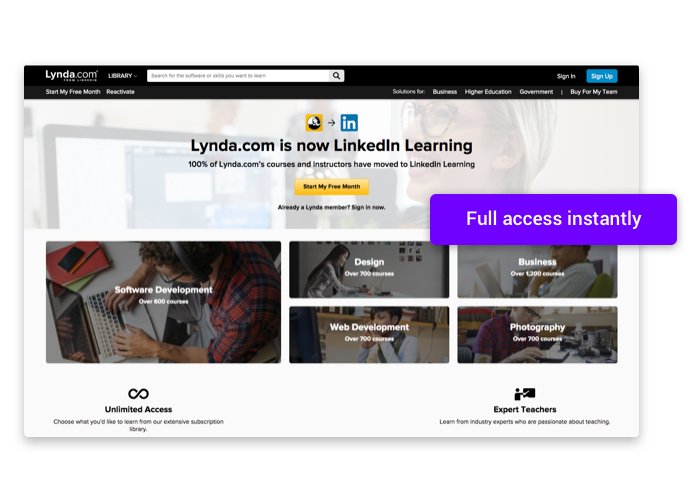
This is a prime example of an effective immediate access model membership site. Generally, an immediate access model grants its members access to everything instantly once they join. With varying implementable payment and curriculum structures available, membership content can be made accessible via a monthly subscription or per training course.
The immediate access model allows you to organize your content in a lot of different ways. A common trend for organization in this version is either by an overarching subject bucket (think educational courses) or by date (similar to blogs or online magazines). There is very little hand-holding in this model; it lets your members browse at their leisure and decide what to do with the information they receive.
A couple of common questions arise with this membership site model: How do you keep your members coming back? With everything already at their fingertips, what keeps members from downloading everything and then canceling their subscription?
The answer: Keep it fresh! It’s a good idea to create monthly bonuses to reward loyalty. Release new content at intervals (think blog, podcast, or vlog). Sending out surveys and asking for feedback is another good way to keep your members engaged. See what your clients want and try to deliver. Additionally, every new post provides a new opportunity for an upsell, keeping your membership site constantly profitable.
Is an immediate access model good for you?
Depending on your client base and your business type, immediate access models can be good or bad. Personally, I love this model. I enjoy being able to flip through articles at my own pace without anyone or anything bothering me. However, others may find this model overwhelming and confusing.
Researching your demographic can help you decide whether this model is right for you. If you don’t have much content, or have a great deal of information catered to a very specific niche, this is probably not the best for you. Generally, this model is great for any of the following:
Partner center
A common go-to resource for a select group of people, a partner center provides access to promotional tools. It allows you to upload sensitive pieces of content one time, all in one place, and it gives you full control of who is able to see it.

Lead generation
Catered information provided to a specific interest or targeted demographic, lead generation has extremely broad potential. Ranging from blogs, podcasts or even online magazines, nothing is kept from the user once they sign up and log in. Additionally, new content is provided at set intervals and generally written by different experts.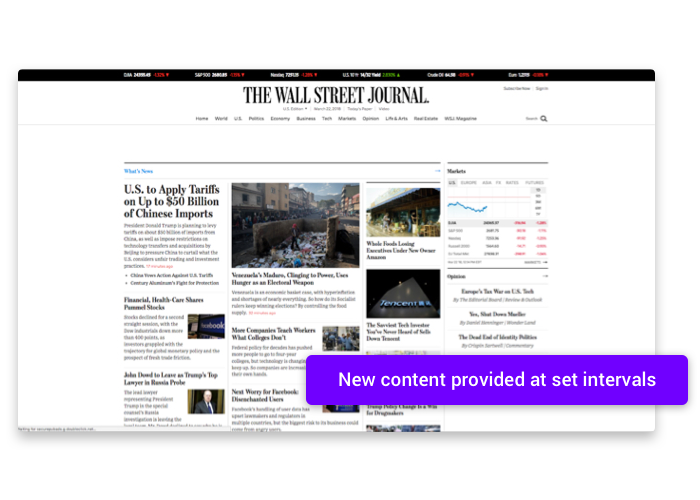
Educational courses
A common immediate access model is creating an educational platform with organized learning objectives and takeaway actions. These platforms are extremely thorough, covering a wide range of niches. There are no set requirements, and a member can poke around with no obligations.
Drip feed
If you’ve got a narrower demographic or a product that works better following a structured schedule of sharing information, consider the drip feed model. A drip feed delivers specialized content on a specific, niche interest. This model really works best for educational content presented either as modular or fixed time feeds.
Modular feeds
This version is the typical interpretation of a drip feed model. Content is pre-created and set up in sequential order — training of a large, overarching subject is divided into smaller sections that members can navigate through. Upon completion of one course, they unlock another.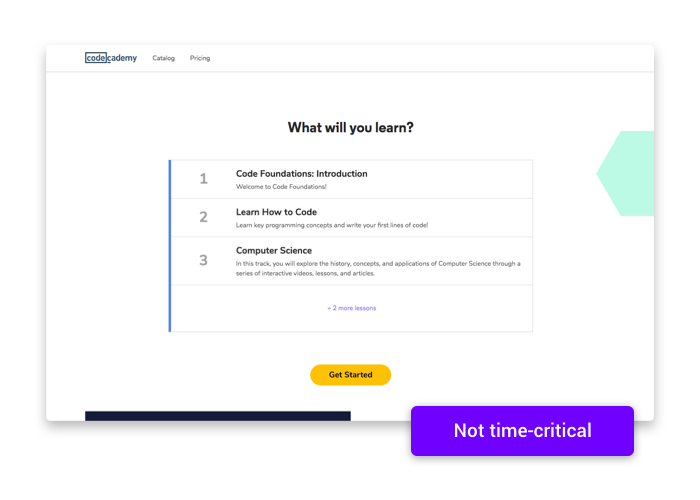
No matter what time users join, they will eventually get the same content delivered once they fulfill the requirements set. The important part about modular courses is that they are not time-critical.
If the modular feed seems to be the best fit for your membership site, remember to update your content or training at least once a year.
Fixed time feeds
Unlike modular feeds, fixed time feeds are extremely time-sensitive. Utilizing the idea of scarcity, they require all of the members to start at the same time, and access to information ends after a certain schedule of events pass.
Fixed time feeds work really well with live webinars and chat rooms. Say you have a four-week course running four times a year. Aligning these with a live interaction is a great way to review content with your members and keep them on track. Additionally, schedules are flexible to the owner and, once the fixed time ends, a window is provided to introduce another product.
Is a drip feed model good for you?
As a business owner or entrepreneur, it’s more than likely you’re already an expert in a specific field. If you already have educational content written, or a course already planned, it might be time to dive into a drip feed membership site.
Go with a drip feed model if you have any of the following:
Training courses
Training on specific subjects is the most common use of a drip feed model. Depending on the format of information (either modular or fixed time), users are able to move through all of the content provided they finish the designated requirements.
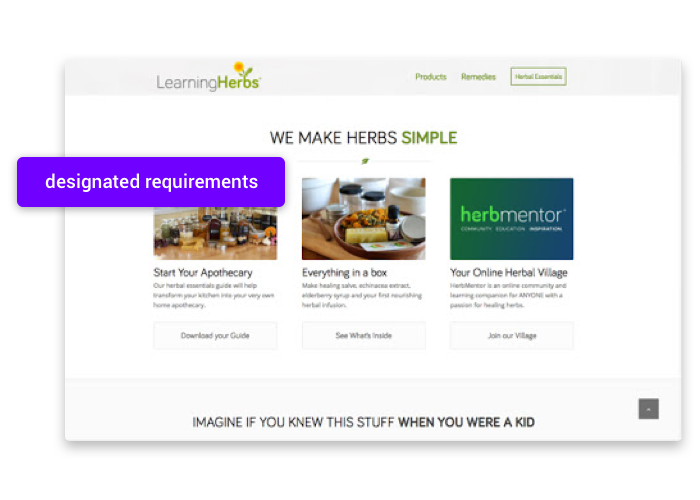
Digital products
Delivering digital products, including videos, webinars and PDFs, can be a great incentive to your users. These products often follow the idea of accomplishing a specific goal, such as staying fit with proper meal plans or workout videos. Releasing them slowly will help keep your users’ attention. 
Tiered membership
Picture this membership site model as a multi-level building. New users are put in an elevator with a doorman who gestures at them for a tip. One woman gives him $5. The doorman takes her to level three. Another man gives him $20. The doorman takes him to level 15 and even shines his shoes on the way up.
Depending on the entry payment, your members will have access to different levels of information. As the owner, you get to decide what the levels are and the access needed to see them. Typically your users can also upgrade for additional services between levels. Simple enough, right?
Keep in mind, access to different levels doesn’t have to be based on actual currency. It could be information-based or time-based. You could have a gamification point system set up in your business or create different tiers depending on the number of referrals your members have. The point is, you decide the type of payment.
A tiered membership site definitely has its perks and complications. If done thoughtfully, you are creating a quality, multi-level, informative membership program that is easy to navigate and upgrade within. If done imprecisely, you could easily miss out on upsell opportunities, create confusion on the tiers, and have a large number of unhappy members, especially if your higher levels aren’t worth the additional spending needed to get there.
So how do you guarantee a happy client base? Plan, plan, plan. Survey, survey, survey. This model definitely requires quite a bit of pre-planning. Get feedback as frequently as you can (without being annoying, of course). A brief satisfaction survey popup here or there goes a long way.
Is a tiered membership model good for you?
I know what you’re thinking — what an awesome opportunity for upsells and product delivery! And you’re right. The tiered membership model is perfect for any business that follows some sort of “leveling up” foundation. Some basic ones are:
Event membership sites
If you are hosting an event with different ticket levels (think general admission vs. VIP), creating a membership site for your event could be a great bonus to your attendees. Not only are you creating a way for your attendees to communicate with each other and build hype, you can also send out bonus content to your higher-level ticket holders and upsell to your base entry admissions.
Rewards/loyalty programs
Is there a better way to gamify your business than by creating a loyalty program? Yes! Create a membership site for your loyalty program! Members can log in to check their progress on current rewards and see what they have earned in the past. They can also access additional benefits the farther they progress. 
Service delivery
Ranging from an actual service to digital products, this is similar to the drip feed version except for one small detail — services are provided depending on the level of access, instead of following a schedule of time or events.
Community forums
A directory or community forum model is a great way for your members to interact with each other with minimal direction from you, the owner. Your users can post questions, listings, cool facts, fun tips, and help each other in one unified space.
The idea of letting your community speak with each other and share their experiences is a pretty familiar concept. The best example of this success? Social media. If your business already has a solid foundation with a good number of followers, this could be the easiest membership site for you to create.
Keep in mind, while this is probably the most hands-off model, some monitoring is still required. If you’ve ever scrolled through the comments of a YouTube video, you’ve likely seen quite a handful of angry trolls or false promotional comments. Monitoring the comments and listings on this type of model will keep people from spreading false information and, by keeping track of repeat offenders, you can actually filter through your list and make sure you only allow quality users access to your membership site.
Plus, participating in your community forum is a great way to show your members you’re engaged and available to them.
Is a community forum model good for you?
Do you have a large, active following? Are you comfortable online and vocal about your thoughts? If the answer to these questions is no, a community forum model is probably not the best fit for you. A successful membership site following this model is relatively flexible in its layout but ultimately falls under two categories.
Directories and listings
The end result of this category is an exchange of goods. Members can post things to resell or trade. Communication primarily happens through private messages, and some sort of payment platform should exist.
Learning center
The end result of this category is an exchange of knowledge. Posts revolve around questions and tips, and members primarily communicate through public feeds. The ability for any member to view the posts means that everyone can benefit from the answer.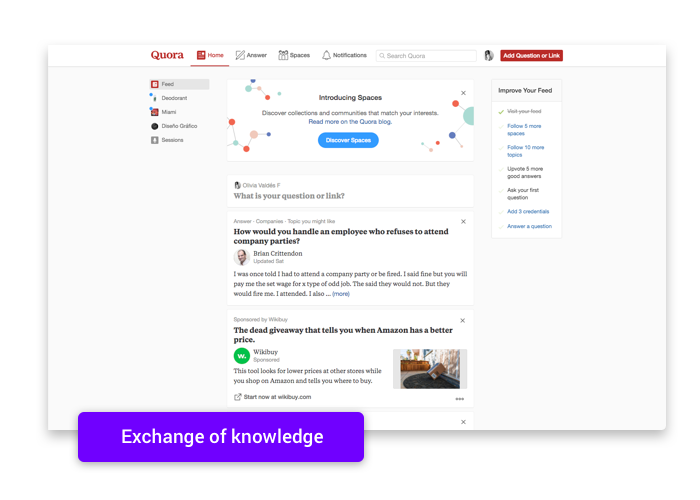
Ready, set, go
Hopefully, now that you know more about membership sites, you’re excited and ready to create your own. Remember, as an entrepreneur and subject-matter expert, you’re already halfway there.
